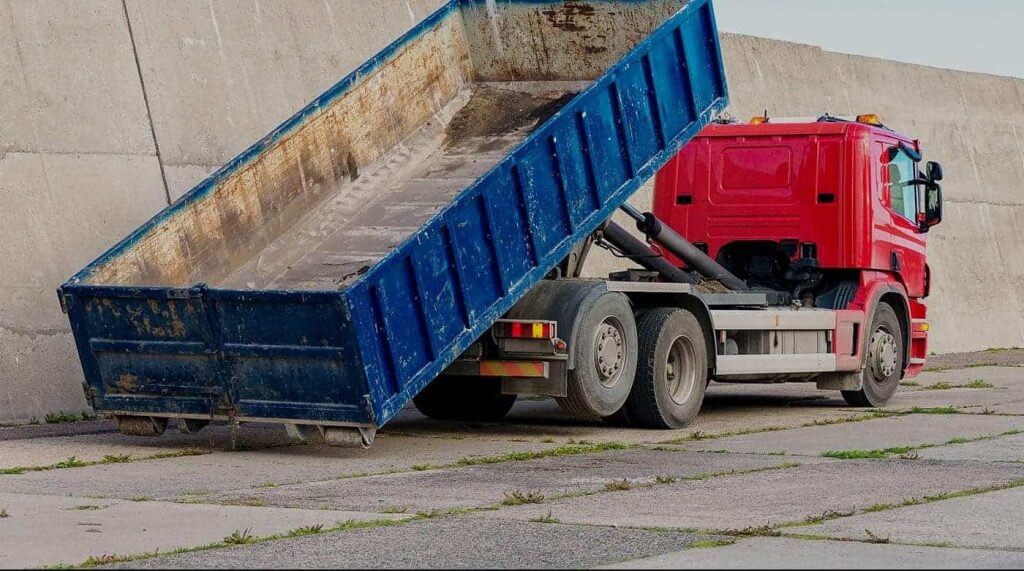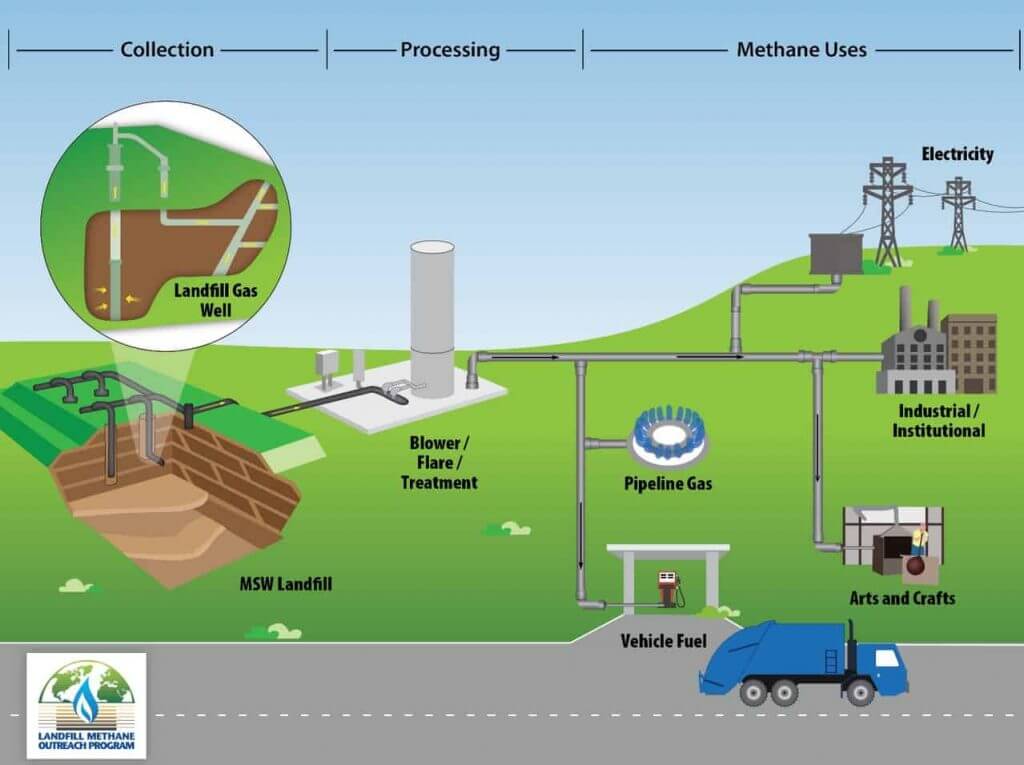It is estimated 40 pounds of CO2 is released into the air, per one pound of household trash. Most people produce 2.2 pounds of waste that ends up going to a landfill per day. The United States generates about 250 million tons of municipal solid waste (MSW) per year and is transported by over 150,000 garbage trucks. How can we help prevent pollution? We understand that our business leaves a footprint on our planet. That is why we have partnered with the National Forest Foundation to become a net-zero carbon company.
For every dumpster sold by Discount Dumpster, we will plant a tree in one of the many U.S. National Forests. A single tree can absorb 48 pounds of carbon dioxide per year. Since these trees will continue to provide carbon absorption, it will also offset the amount of CO2 created over the lifetime of debris in the container.
Forests are the most efficient natural occurring system for pulling carbon dioxide (CO2) out of the atmosphere. In order to adapt to climate change, it is important to keep our forests healthy. Over the lifetime of just 2 trees, over 2,000 pounds of CO2 is removed from the atmosphere!
Roll Off Dumpster Trucks and CO2 emissions
Most trash trucks have an estimated fuel efficiency of 8 miles per gallon. The standard roll-off truck will drive anywhere from 140 – 180 miles per day. This leads to an average of 20 gallons of diesel fuel being burnt each day.
About 22.38 pounds of CO2 are produced by burning one gallon of diesel fuel. On a daily average, a roll-off the truck will emit 447.60 pounds of CO2 into the atmosphere. By completing up to 10 stops a day each haul creates up to 45 pounds of CO2 emissions.
How are Landfills Treating Landfill Gases?
While most landfill emissions escape directly into the air, Landfill Gas (LFG) can be captured and converted into renewable energy. The use of LFGs reduces hazards associated with landfill emissions, including the prevention of these gases seeping into the atmosphere.
The major LFG from landfill is methane. Though short lived, methane leaves more damage that its fellow emission gases. In fact, methane is 84 times more potent than CO2. Though this is a major number in greenhouse gases, it also sets up an instant benefit to reduce and/or reuse methane.
To encourage landfills to capture and harness these LFGs, the EPA has created the Landfill Methane Outreach Program (LMOP). By utilizing the waste produced and turning harmful gases into energy the partners of LMOP are creating new and innovative ways to turn emissions into electricity and usable fuels.
credit: epa.gov
The graphic illustrates the collection and processing of LFG to produce methane for multiple uses. First, LFG is collected through vertical and horizontal piping buried in an MSW landfill. The LFG is then processed and treated for use. The graphic shows potential end uses of LFG including industrial/institutional uses, arts and crafts, pipeline gas, and vehicle fuel.
Helpful Solutions to Prevent Pollution
We can all do our part to curb the amount of pollution related to waste. Discount Dumpster is doing this by planting a tree for every dumpster rented, and become a net-zero carbon company.




